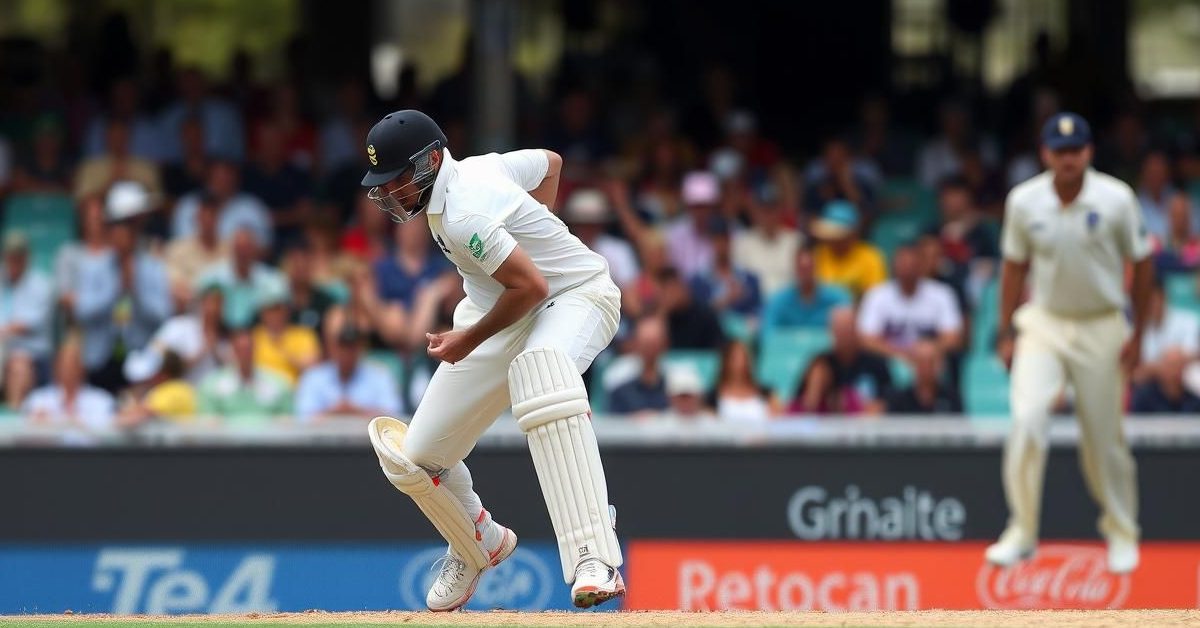Every nation has its unsung architects, individuals whose intellectual prowess lays the very foundations for progress, often far from the spotlight. In India, one such towering figure is Prasanta Chandra Mahalanobis, a name synonymous with the country’s statistical awakening. His profound contributions are not just academic footnotes; they are the bedrock upon which much of modern India’s socio-economic planning rests.
June 29th marks National Statistics Day, a poignant annual observance that commemorates the birth anniversary of this visionary. It’s more than just a date on the calendar; it’s a day to reflect on the immense power of data, the meticulous work behind it, and the indelible legacy of the “Father of Modern Statistics in India,” P.C. Mahalanobis.
The Visionary Statistician: Prasanta Chandra Mahalanobis
Born in Calcutta (now Kolkata) on June 29, 1893, Prasanta Chandra Mahalanobis embarked on an intellectual journey that would profoundly reshape India. His early education at Brahmo Boys School laid the groundwork for a mind destined for greatness. He wasn’t just a scholar; he was a pioneer, recognizing the transformative potential of quantitative methods in a nation striving for independence and development.
Mahalanobis’s genius wasn’t confined to theoretical statistics. He was a pragmatic applied scientist who understood that numbers could unravel complex societal challenges. His most celebrated innovation, the Mahalanobis Distance (MD), remains a critical statistical measure used worldwide. Imagine needing to compare different groups of data, not just on one characteristic but across many, factoring in how those characteristics relate to each other. That’s the essence of the Mahalanobis Distance – it provides a multi-dimensional yardstick, offering a far more nuanced understanding than simple comparisons.
Building the Pillars of Indian Statistics
One of Mahalanobis’s most enduring achievements was his role in institutionalizing statistical research and infrastructure in India. He didn’t just theorize; he built. In 1931, he founded the Indian Statistical Institute (ISI), a premier institution that continues to nurture generations of statisticians and researchers. ISI isn’t merely an academic ivory tower; it was conceived as a vibrant hub for both theoretical advancement and practical application.
His vision extended far beyond a single institute. Mahalanobis was instrumental in laying the groundwork for India’s national statistical system, including the establishment of the National Sample Survey Office (NSSO) and the Central Statistical Organisation (CSO). These bodies became the very eyes and ears of the nation, systematically collecting vital socio-economic data that had previously been anecdotal or incomplete.
Revolutionizing Data Collection and Policy
Mahalanobis revolutionized how surveys were conducted in India. He championed the concept of ‘pilot surveys,’ testing methodologies on a smaller scale before national implementation. He was a fervent advocate for sophisticated sampling methods, understanding that a well-designed sample could provide accurate insights into vast populations, far more efficiently than exhaustive enumeration. His pioneering work even extended to developing statistical sampling techniques for estimating crop yields – a crucial advancement for an agrarian economy like India.
Beyond his academic and institutional roles, Mahalanobis played a pivotal part in shaping independent India’s economic destiny. As a key member of the newly formed Planning Commission of India, he championed industrialization as a cornerstone of national development. His influence was central to the Second Five-Year Plan, which heavily emphasized heavy industry, reflecting his belief that robust data could guide ambitious national economic strategies. He also meticulously corrected previous census methodologies, ensuring more reliable demographic data.
National Statistics Day 2024: Honoring a Legacy
The Government of India officially designated June 29th as National Statistics Day in 2007, recognizing Mahalanobis’s monumental contributions. This annual observance serves a crucial purpose: to raise public awareness, particularly among the youth, about the indispensable role of statistics in strategic planning, economic development, and informed policy-making.
This year’s theme, “75 Years of National Sample Survey,” underscores the enduring impact of the NSSO, a testament to Mahalanobis’s foresight. For over seven decades, the NSS has been a critical engine, providing timely and reliable statistical data that empowers evidence-based decision-making and fosters good governance across India.
In line with this year’s focus, the Ministry of Statistics and Programme Implementation (MoSPI) is set to release significant publications, including “Nutritional Intake in India 2022-23 & 2023-24” and the “Sustainable Development Goals – National Indicator Framework Progress Report 2025.” Furthermore, MoSPI will introduce the “GoIStat” smartphone application, a modern initiative designed to make official government data more accessible to the public, echoing Mahalanobis’s desire for data-driven progress.
The Enduring Significance of Data
Prasanta Chandra Mahalanobis, who passed away on June 28, 1972, received the Padma Vibhushan, one of India’s highest civilian honors, for his profound contributions to science. His life was a testament to the power of numbers to illuminate, guide, and transform. National Statistics Day isn’t just about celebrating a historical figure; it’s about reaffirming the commitment to data excellence, analytical rigor, and the continuous pursuit of knowledge that can lead to a more equitable and prosperous future for all. His legacy reminds us that behind every policy, every development scheme, and every step forward, there is often a meticulously gathered and analyzed dataset, thanks to pioneers like Mahalanobis.















